History
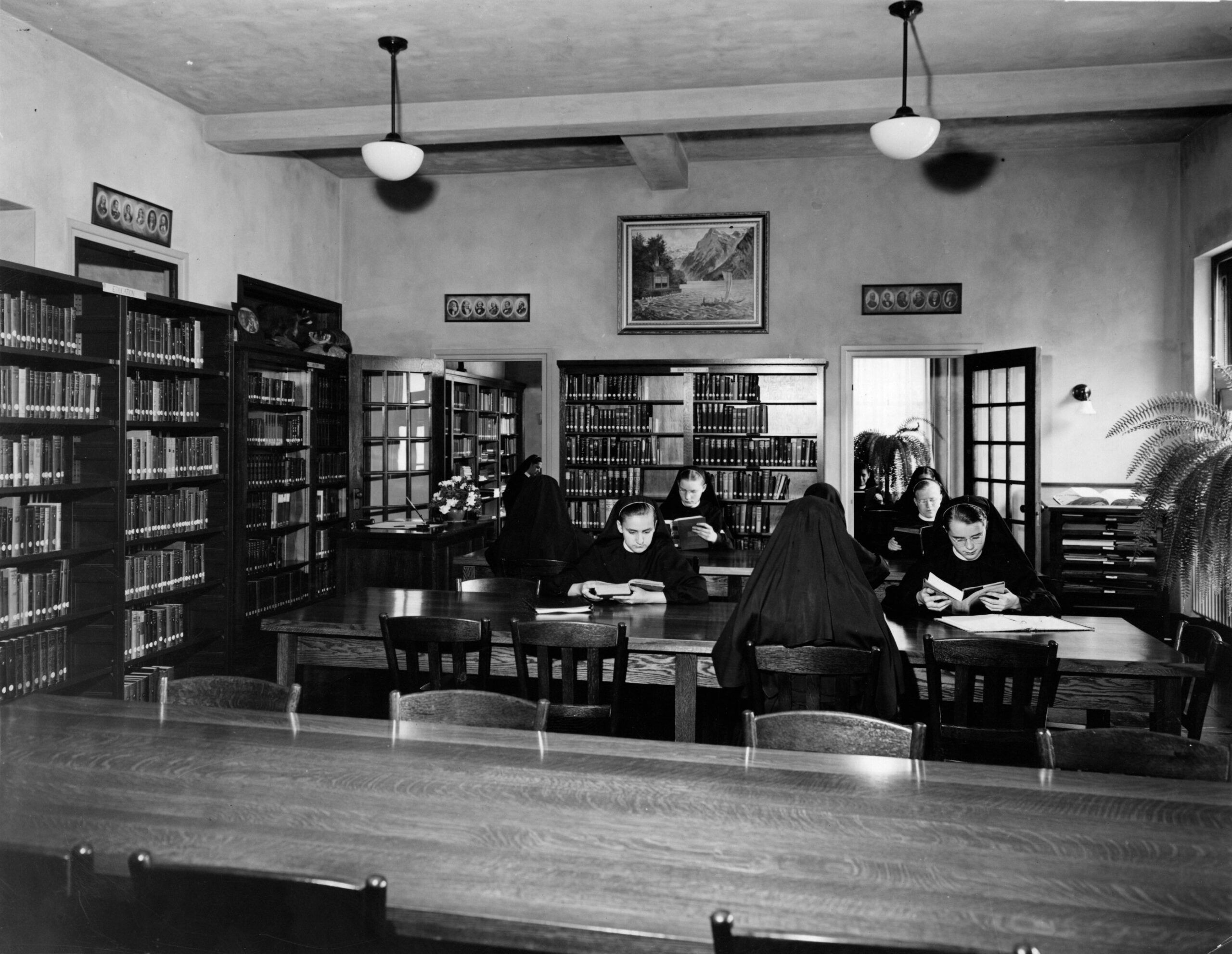
1930s
Marian University opened as Marian College on Sept. 8, 1936, with eight faculty and 17 full-time and 25 part-time students. The Congregation of Sisters of St. Agnes (CSA), founded as a teaching order by pioneer Father Caspar Rehrl, sponsored and staffed the fledgling institution. The Sisters previously had received their teacher education at either Marquette College (now University) or Oshkosh State Teachers College (now the University of Wisconsin–Oshkosh). When the Wisconsin Department of Public Instruction barred the Sisters from student-teaching in public schools while wearing religious habits, Sisters Aloysia Leickem and Vera Naber petitioned to create their own college. Sister Aloysia became Marian’s first president and Sister Vera became Marian’s first academic dean.
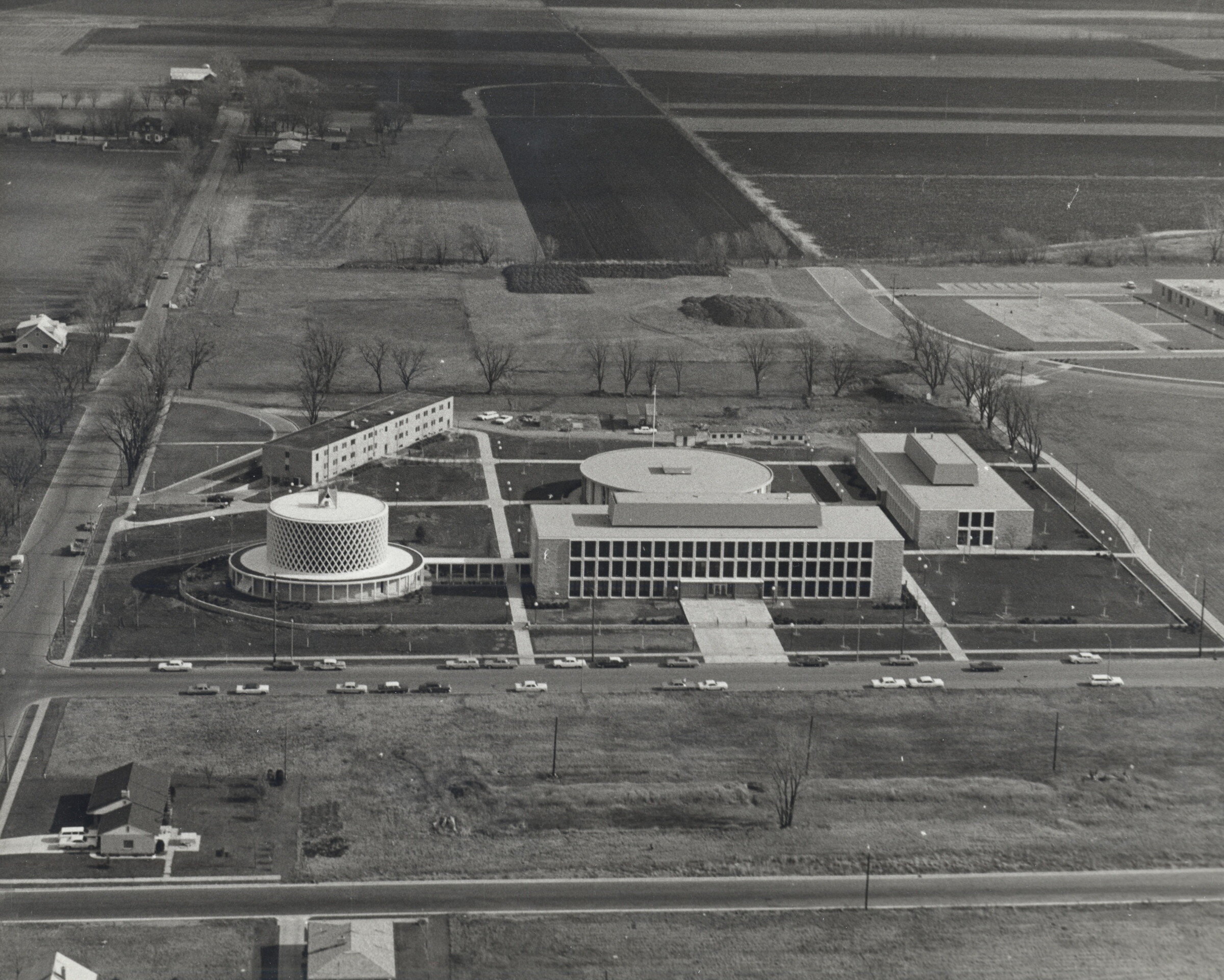
1940s
Marian received accreditation in 1941 to grant a Bachelor’s Degree in Elementary Education, with Marian’s first eight degrees awarded to CSA Sisters that August. The first lay graduates received their degrees in 1942. By 1950, Marian boasted 86 full-time and 145 part-time students attending day, evening, and summer classes in a convent next to St. Agnes Hospital. Although founded as a women’s college, Hal F. Hornby, superintendent of Fond du Lac rural schools, attended art and music classes with his wife in 1940, making him the first male student. The institution officially became coeducational in 1970.
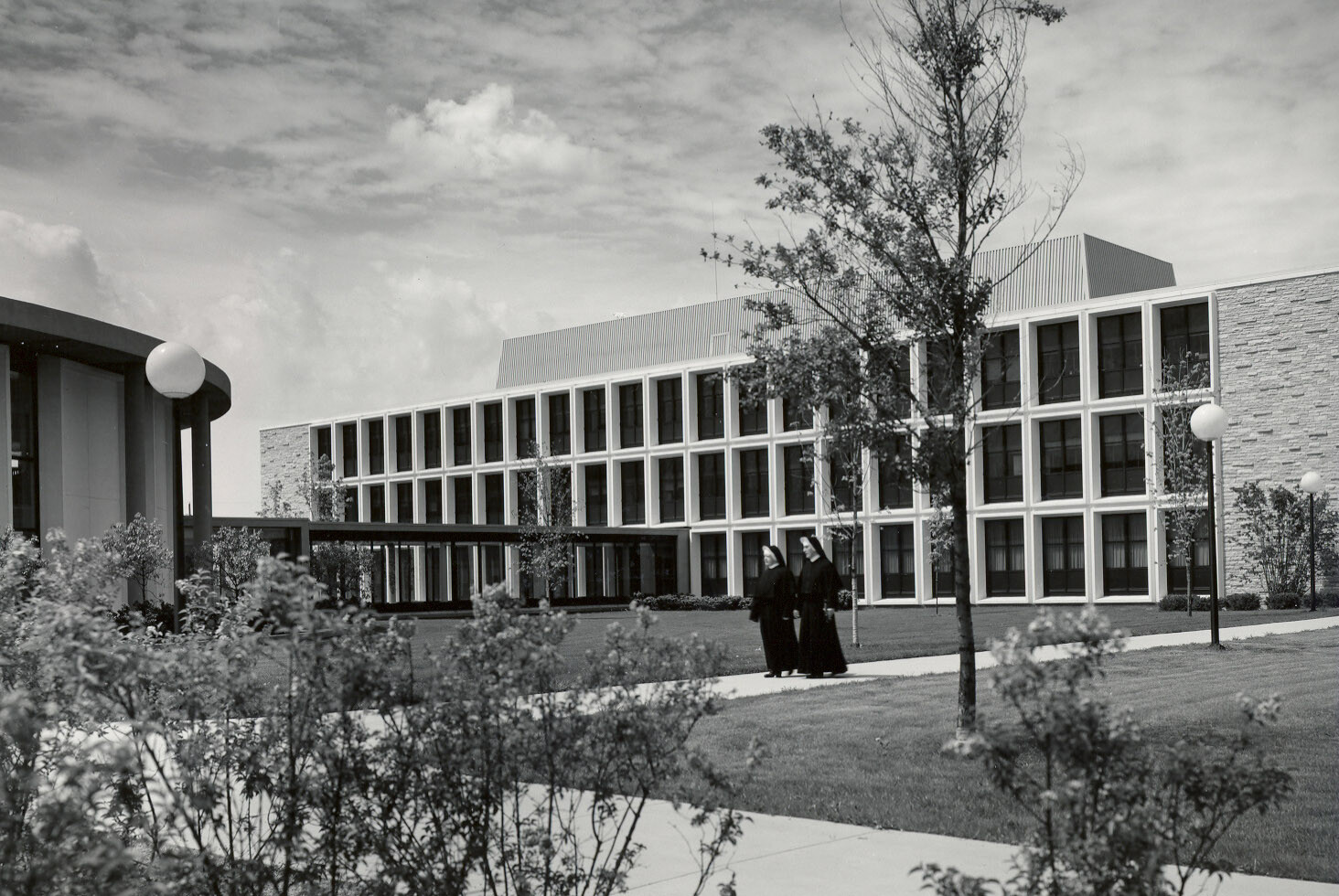
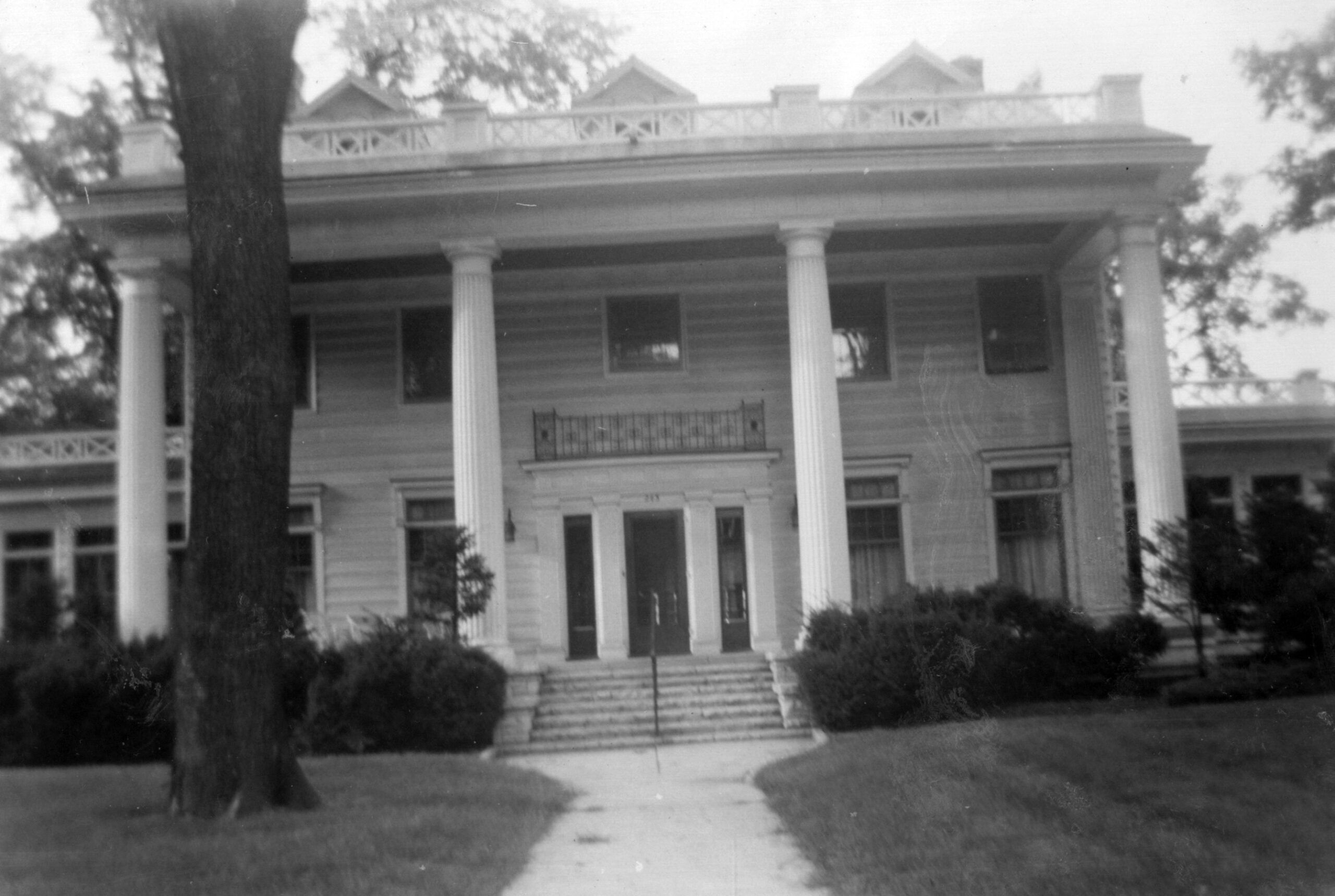
1960s
When the St. Agnes School of Nursing program closed in 1967, Marian absorbed it into its Bachelor of Science in Nursing (BSN) curriculum, which began in 1964.
In the mid-1960s, increasing numbers of students and faculty necessitated a move to the current 78-acre campus, bounded by South National Avenue and East Division Street. After more than 30 years of holding a single Commencement in the summer or spring, Marian began holding a fall Commencement ceremony in 1973. In spring 2011, the university returned to celebrating graduation with one joint Commencement service annually. After a gap of five years, the fall Commencement ceremony was reinstated in 2016.
Regional and national accreditation has expanded throughout the school’s history. In 1949, Marian began its affiliation with Catholic University of America and was also recognized by the National Catholic Educational Association. When the North Central Association of Colleges and Secondary Schools (now known as the Higher Learning Commission [30 N. LaSalle St. Suite 2400, Chicago, Ill. 60602-2504,312.265.0456, www.higherlearningcommission.org]) accredited Marian for teacher education in 1960, they encouraged Marian’s administration to strengthen the liberal arts and add more academic majors. The University’s commitment to the liberal arts has continued since then.

1980s
In 1987, the Higher Learning Commission approved Marian’s Master of Arts degree in Education, and the first 12 master’s candidates received degrees at the May 1989 Commencement. The original Master of Science program in Quality, Values, and Leadership graduated its first class in 1994. The program was altered in 2008 to grant a Master of Science with concentrations in Administration of Justice Leadership; Grief and Bereavement Leadership; and Organizational Leadership. In 2015, this degree was enhanced again to offer a Master of Science in Organizational Leadership. The first Master of Science in Nursing degrees were awarded in 2004, two years after the program’s inception. Marian’s doctorate program in Educational Administration and Leadership began in 2004, with the first Ph.D. degrees awarded in 2008. In fall 2019, Marian launched its Flex Programs, allowing adult learners to utilize four-week online courses to earn a Master’s Degree in Management, Public Safety Management, Industrial Organizational Psychology, and Education with focuses on either Special Education or Teacher Education.
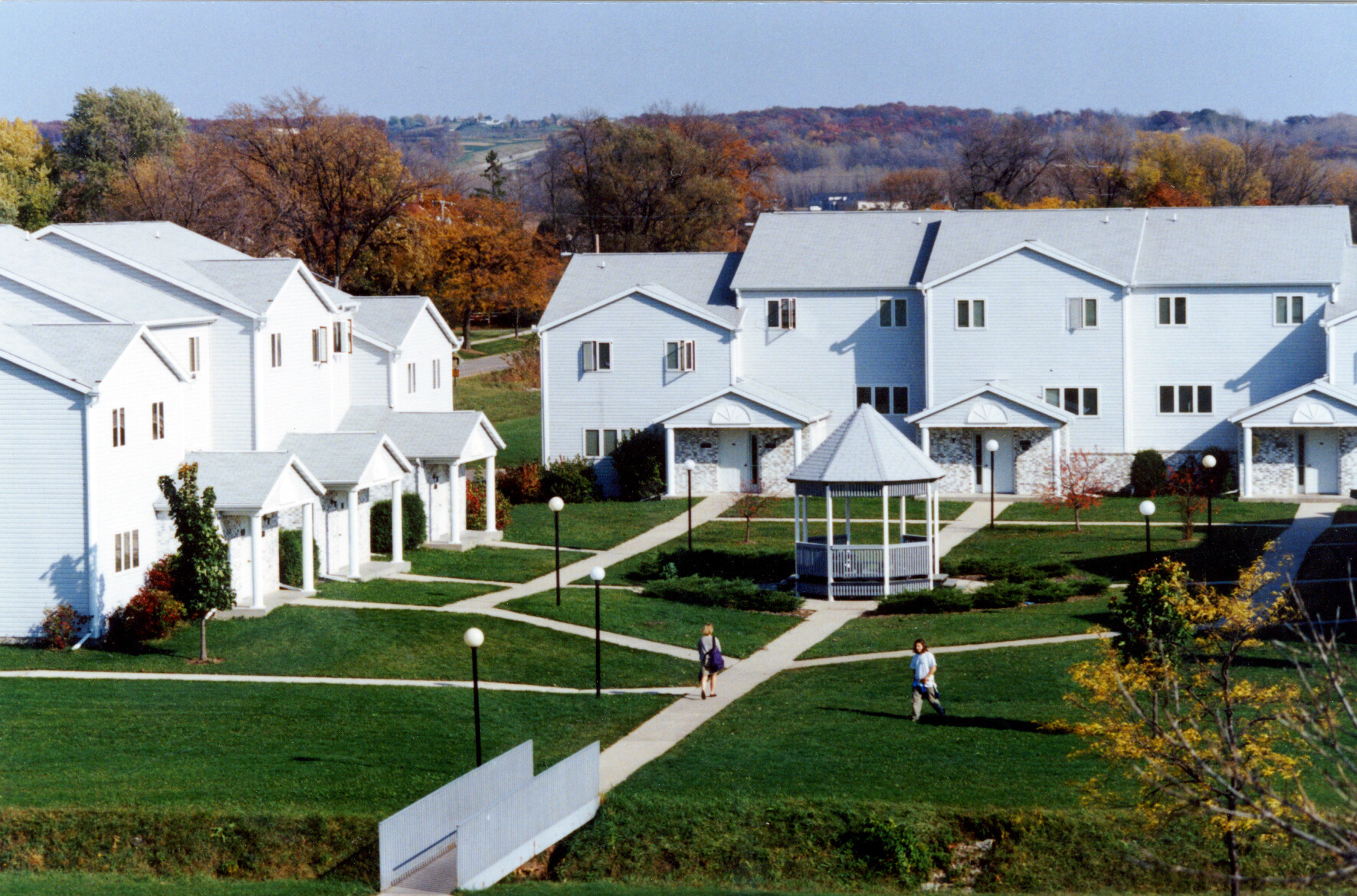
1990s
The Marian Courtyard, completed in 1993, and the Todd Wehr Alumni Center and coffeehouse, completed in 1999, reflect a campus-wide focus on student needs. The Stayer Center for Technology & Executive Learning was completed in 2001. It is home to the Sadoff Auditorium, and offers ample classroom and meeting space for Marian University and the Fond du Lac community. The Smith Fields athletic and intramural complex opened in 2002, and in 2019 the 106,000 square-foot natural turf surface was renovated and replaced with a new artificial turf field.

2000s
Marian purchased a former medical clinic located west of campus in 2006, which was renovated to serve as a nursing resource and practice facility and renamed the Agnes Center; this facility would later house the music department, beginning in fall 2017. The Samuel and Sarah Mackey Campus Ministry Center opened in 2007 and has become a resource and retreat space for all members of the campus community. In 2008, the first pitch was thrown at the Sabre’s baseball stadium, Herr–Baker Field. The stadium underwent an extensive renovation and expansion in 2017 when the Northwoods League’s Dock Spiders team made it their home. To accommodate growing housing needs, Marian purchased Cedar Creek Apartments in 2010.
In 2011, Marian athletics benefitted from the opening of both the Lenz Field House, a state-of-the-art indoor recreation facility, and the 2,000-square-foot women’s hockey locker room. To accommodate the growing needs of the nursing profession and graduate programs, Marian purchased and renovated the Center for Health Professions in downtown Fond du Lac, and officially began offering classes during the fall semester of 2016. In October 2017, Marian embarked on a total renovation and expansion of the science building. This transformative upgrade provides for state-of-the-art equipment and 21st century learning environments. The new building, the Dr. Richard and Leslie Ridenour Science Center, opened in August 2018.
On May 1, 2008, Marian College was officially recognized by the Higher Learning Commission as Marian University.
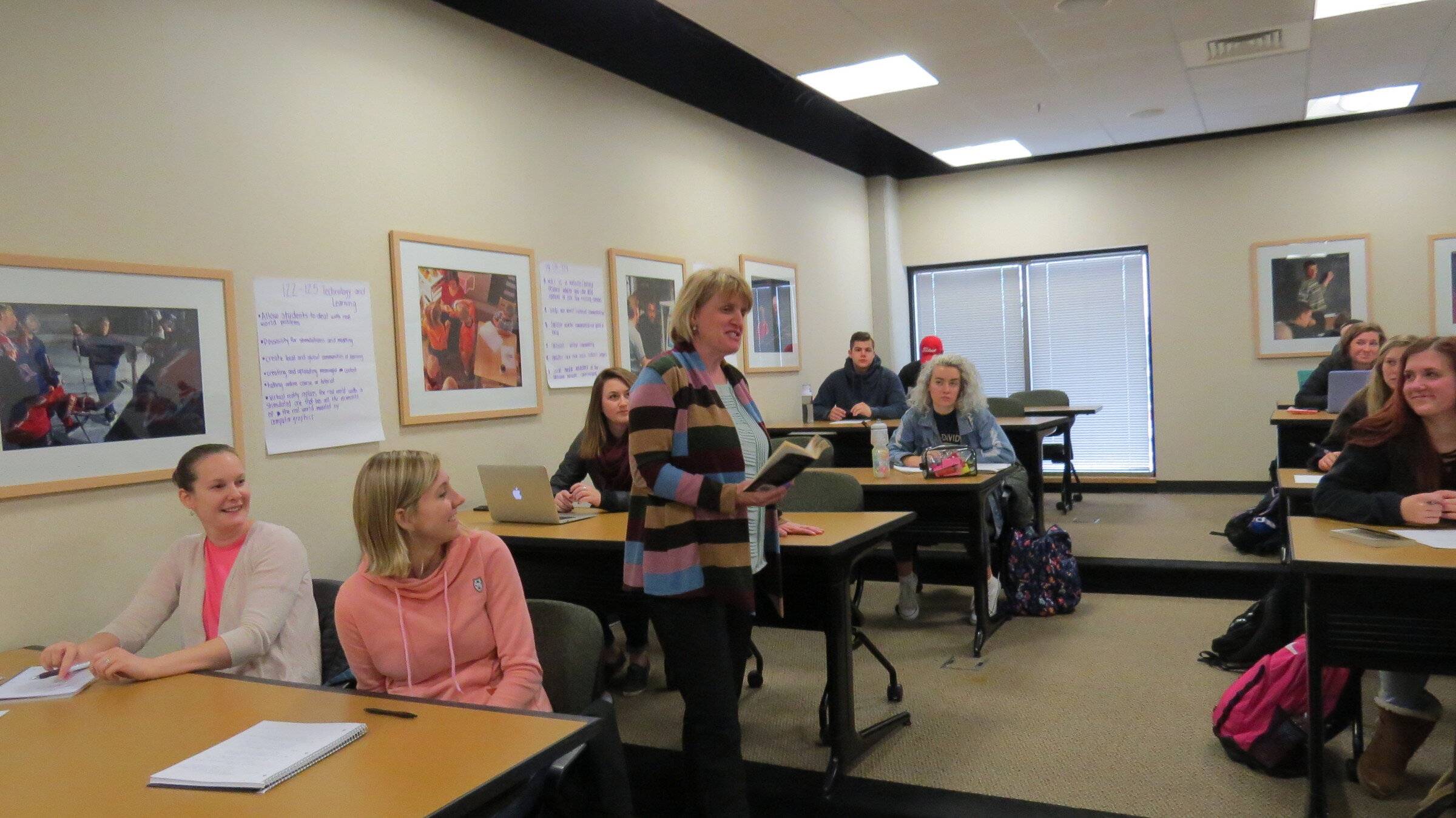
Today
Today, Marian is accredited by the Higher Learning Commission, Council for Accreditation of Educator Preparation, Commission on Collegiate Nursing Education, Council on Social Work Education, and Joint Review Committee on Education in Radiologic Technology. Marian’s curriculum has received approvals from the Wisconsin Department of Public Instruction and the Wisconsin State Board of Nursing.
Marian currently offers more than 50 undergraduate majors and minors in traditional liberal arts and preprofessional programs for traditional and adult undergraduate students. The academic colleges — The College of Arts, Sciences, and Letters and The College of the Professions — offer programs of study designed to meet a full range of professional and pre-professional academic needs for its students. The faculty consists of exceptional professionals committed to the students and to the University. More than half have earned or are candidates for a doctoral degree, and most faculty members in professional programs hold certification and are members of their respective professional associations. The student-faculty ratio is among the lowest of Wisconsin’s private colleges, as is the net tuition.
At the start of the 2019–20 academic year, Marian University welcomed the second largest first-year class with 329 new students and 76 transfer students, bringing the total traditional undergraduate enrollment to more than 1,200, and the institutional enrollment to nearly 2,000 students. In addition to the Fond du Lac campus, Marian students also attend classes online.
Past Presidents of Marian University

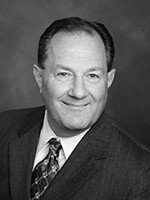
A veteran of the healthcare industry, Robert Fale came to Marian University and served as an interim president from June 2013 to March 2016. During this time, Marian University acquired and began renovation of its downtown Center for Health Professions and implemented a new budgeting process. Fale was instrumental in the university achieving its 2016 reaffirmation of accreditation by the Higher Learning Commission; he played a role in the presidential search that resulted in the and hiring of Dr. Andrew Manion.

Dr. Steven DiSalvo served as the 14th president of Marian University. During his presidency, Dr. DiSalvo oversaw Marian’s change in academic structure from seven schools to four schools; development of the Inspired brand; implementation of a strategic plan; expansion of the Board of Trustees; and construction of the Lenz Field House and acquisition of the Mercy Medical Center Radiologic Technology Program in Oshkosh, Wis.

Acting President March 19, 2009-June 30, 2009;
Interim President July 1, 2009-June 30, 2010
Marian University celebrated heritage, hospitality and hope under the leadership of Sister Mary Mollison. During her fifteen month tenure as Interim President, Marian acquired additional upper class student housing in the Cedar Creek Apartments and continued to focus on student satisfaction. She previously led the institution as Acting President when President Richard Ridenour was on medical leave. Sr. Mary is an alumna of Marian. She has served on the Marian University Board of Trustees for 21 years, including as Chair of the Board until her appointment as Acting President in March 2009. As a member of the Congregation of Sisters of St. Agnes, the sponsors of the university, Sr. Mary Mollison actively lives and supports Marian’s mission and core values.
 Dr. Josefina Castillo Baltodano
Dr. Josefina Castillo BaltodanoJosefina Castillo Baltodano, J.D. served as the 12th president of Marian University and the first woman lay president. Dr. Baltodano brought to Marian a multi-faceted higher educational leadership experience as a successful administrator, trustee and faculty member. During Dr. Baltodano’s presidency: Marian transitioned from a college to university status, adding five new schools to the existing two; the university obtained its first Ronald E. McNair Postbaccalaureate Achievement Program grant and its first National Institutes of Health Grant; the Business, Social Work, Education and Nursing programs were successfully re-accredited; the University’s first doctoral degrees were conferred in May 2007 to graduates of the Educational Administration and Leadership doctoral program; and the Herr-Baker Field baseball stadium was constructed and opened.

Sr. Mary Mollison served as acting president during Dr. Richard Ridenour’s medical leave. Sr. Mary had previously served on Marian’s Board of Trustees from 1983 to 2001, the longest term of any Marian trustee. Sr. Mary served for 16 years in leadership of the Congregation of Sisters of St. Agnes as General Vicar and as General Superior. During the year in which Sr. Mary was acting president, Marian was re-accredited by the Higher Learning Commission of the North Central Association of Colleges and Secondary Schools for the maximum 10 years. Sr. Mary served on the presidential search committee and assisted in the transition in presidency from Ridenour to Dr. Josefina Castillo Baltodano.

A medical doctor and a U.S. Navy Rear Admiral, Retired, who formerly commanded the National Naval Medical Center in Bethesda, Dr. Ridenour brought a renewed pride in the tradition and spirit of Marian College and set a new footprint for the future. The College added a new Alumni Center and the Stayer Center for Technology & Executive Learning. Academic offerings were expanded and include an innovative Information Technology program and an Honors Program. The College experienced the largest incoming freshman class and largest traditional undergraduate enrollment in its history during this period of time and fundraising at Marian reached an all-time high.
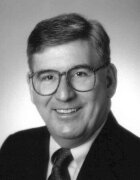
President Flanigan brought innovative ideas to recruitment, retention and external communications. He diversified the College’s geographic representation in its student body. Enrollment peaked at 2,400 students during his tenure. Once more, additional residence facilities became necessary and the Courtyard was constructed in 1993. Marian’s first comprehensive information technology plan was developed, student computer labs were developed and expanded, and computer technology was introduced to student research in the library. The College’s second graduate program, a Master of Science in Organizational Leadership and Quality, graduated its first class in 1994.
Dr. Henry, a veteran educational leader, assumed the presidency of the College at a critical time in its history. He oversaw the formalization of evening and weekend class offerings into degree-completion programs, the addition of the first graduate program – a Master of Arts in Education – and the study of other graduate programs. Dr. Henry recommended adding to the athletic offerings to increase the enrollment of males. Enrollment as a whole increased, and resulted in the need for additional residence facilities. The townhouses of the Agnes Quad were constructed in 1988.

Dr. Krzywkowski came to Marian as Academic Dean and was later appointed president. Academically, Dr. Kryzwkowski returned the College to its traditional liberal arts curriculum. With a strong interest in collegiate sports, he oversaw the building of Howard L. Sadoff Gymnasium, Marian’s first athletic facility. Interested in institutional development and the provision of more support staff for the College, he devoted much effort to attaining those goals.
Dr. Hanlon was the first lay president of the College and the first to operate under the College’s new governance structure, a lay Board of Trustees rather than CSA’s board. Dr. Hanlon, was an educator whose goal was to effect his theories in an educational system designed to help students become self-actualized Christian leaders. At the same time he wished to reinvigorate Catholic parochial schools. His system, beginning with kindergarten, would end at the graduate level. Fond du Lac, with five elementary schools, a high school and a college staffed by the Congregation of Sisters of St. Agnes, offered an ideal laboratory for this experiment. As president of Marian College, and in effect superintendent of the Catholic schools in town, he devoted his tenure to implementing the plan. Budgetary constraints as well as the inherent difficulties in coordinating a project of such magnitude led to its discontinuance in 1979. Dr. Hanlon’s major contribution to the College was to engage the faculty in dialog on the nature, philosophy and goals of education.
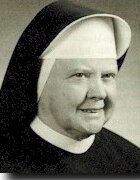
Sister Mary Sheila introduced Marian College to the people of Fond du Lac. Her talent for public relations and cooperation with the community gave the College a higher local profile. During her administration the College received North Central accreditation, moved to the new campus, assumed the St. Agnes School of Nursing and officially became a co-ed institution. Increasing numbers of students led to the building of the second student residence facility on campus, Naber Hall. The College’s Planned Giving Society is named in honor of Sister Mary Sheila.

Sister Fidelis Karlin, CSA, was the driving force behind the growth of the College during the 1950s and beyond. It was her vision which resulted in the present-day Marian campus. The first building on the campus, Regina Hall, was built during her tenure and the plans were developed for the present administration and science buildings, the library and Dorcas Chapel. Extensive self-studies were begun under her leadership which would eventuate in the valued North Central accreditation. Degree programs were added in Medical Technology and the Bachelor of Science in Nursing. Hazotte Hall, the first residence for lay students, was also purchased.

Although Sister Vera was president for less than a year, she was one of the founders of Marian College. As Academic Dean, she provided the vision and curriculum from its start. Her experience as an educator, together with her philosophy and goals, provided a firm foundation for the new institution. She became Marian’s first appointed President. Today, one of the College’s primary living residences, Naber Hall, is named in her honor.

During Mother Angeline’s term as Marian’s second president, Marian was accredited by the University of Wisconsin as a four-year elementary-teacher training college and was affiliated with the Catholic University of America and admitted to membership in the National Catholic Educational Association as a senior college. Mother Angeline presided over the College’s first graduation ceremony in 1941. Marian began its relationship with the St. Agnes School of Nursing by establishing a nursing degree completion program for its graduates.

As Congregational leader, Mother Aloysia, along with Sr. Vera Naber, accepted the challenge of founding Marian College specifically to prepare the members of the Congregation of Sisters of St. Agnes as teachers. Within months of making the decision, Marian opened. As Superior General of the Congregation, Mother Aloysia became the College’s first president. In its second year, at the request of the State Superintendent of Public Instruction, the College opened its doors to lay women. That same year the College was assured of the University of Wisconsin’s acceptance of the first year’s work.


